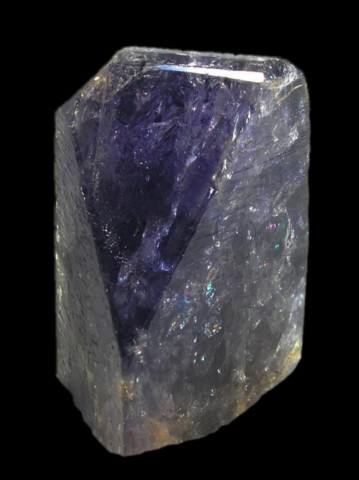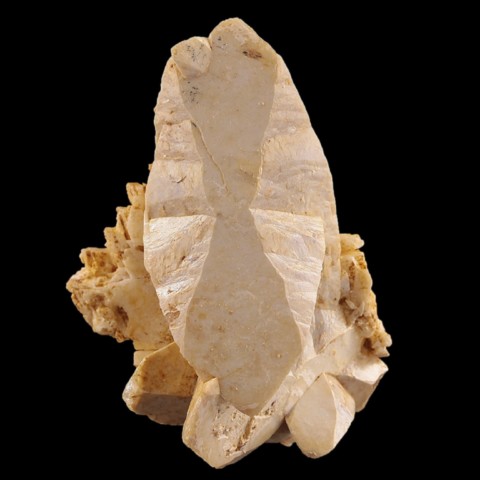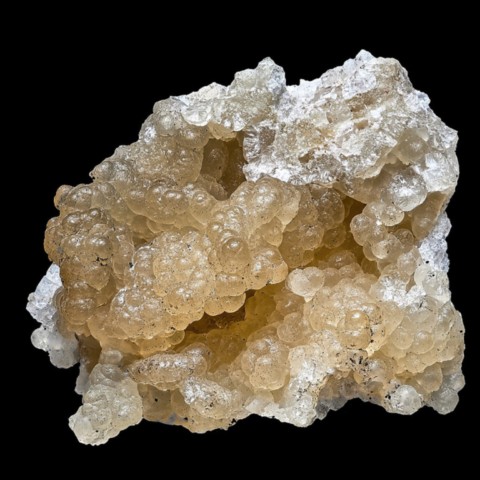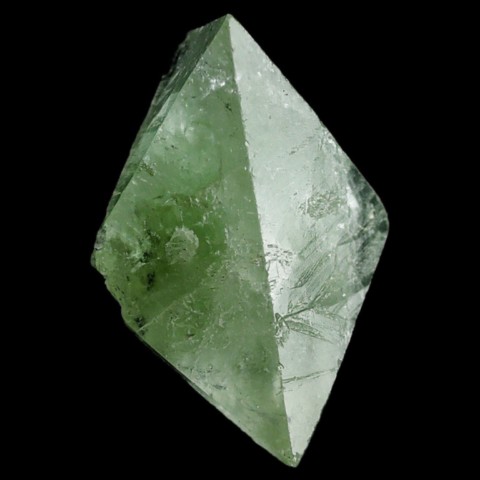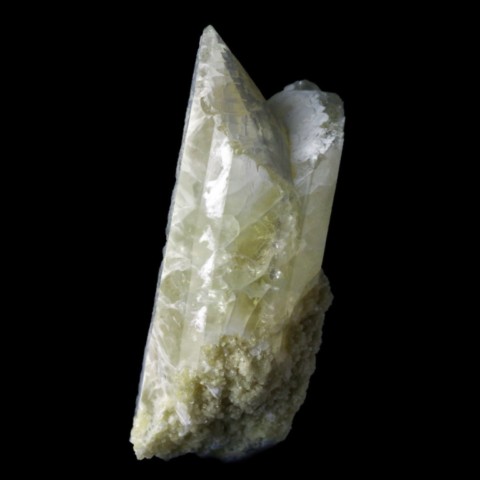 Herderite - Encyclopedia
Herderite - Encyclopedia
Class : Phosphates, arsenates, vanadates
Subclass : Anhydrous phosphates
Crystal system : Monoclinic
Chemistry : CaBe(PO4)F
Rarity : Uncommon
Herderite is a fairly rare phosphate from granitic beryl pegmatites, where it constitutes one of the last minerals to crystallize. It was discovered in small crystals (15 mm) in a tin mine in the German Erzgebirge. Some mineralogists currently tend to differentiate herderite sensu stricto, with dominant fluorine, from hydroxylherderite (with dominant OH). However, the attribution to one or the other of these minerals requires detailed analyzes which are not always possible (nor carried out on old samples). It was named in honor of Siegmund August Wolfgang von Herder, representative of Mines in Freiberg (Saxony, Germany). Herderite occurs in chunky to elongated prismatic crystals, or thick tabular with slightly rounded faces, with a pseudohexagonal appearance. It also forms botryoidal aggregates with a fibroradiated structure, or cryptocrystalline. Transparent to translucent, glassy to greasy in luster, herderite is usually colorless, yellowish white to greenish yellow and pale grayish green, sometimes brownish, rarely blue to purple (dichroism which reflects the exceptional "alexandrite effect" of certain Brazilian samples ).
Main photo : Hydroxylherderite from Xanda mine, Virgem da Lapa, Minas Gerais, Brazil © Rob Lavinsky
Herderite in the World
Twinning
Twins on {100} or {001} with fishtail shapes are common. Most crystals are twinned ; however, some show no outward signs of this morphology.
Fakes and treatments
No fakes recorded for this mineral species.
Hardness : 5 to 5.5
Density : 3.02
Fracture : Sub-conchoidal
Streak : White
TP : Translucent to transparent
RI : 1.556 to 1.620
Birefringence : 0.033
Optical character : Biaxial -
Pleochroism : None
Fluorescence : Yellow to blue
Solubility : Acids
Magnetism : NoneRadioactivity : None

